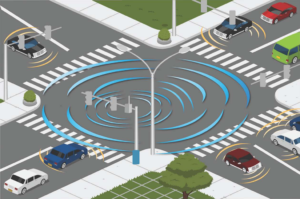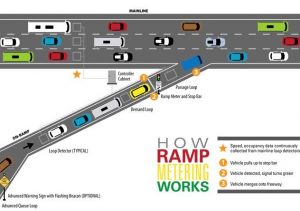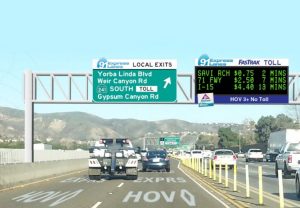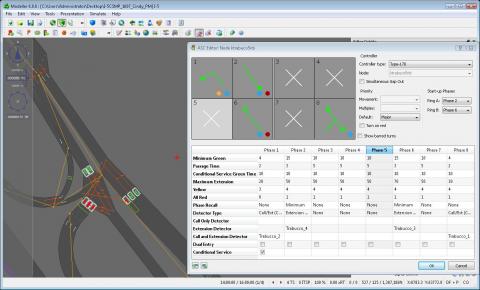Principals of CLR Analytics Inc. were major researchers in the traffic management and information group of the PATH program at the University of California Berkeley and the California ATMS Testbed program at the University of California Irvine between 2000 and 2015. During the period, many research topics on advanced traffic detection, control, management, and information were studied, with the purpose of deployment.

Use of simulation to explore the safety impact of connected vehicles and the use of connected vehicles data for ramp metering and signal control.

Evaluated different adaptive ramp metering algorithms, connector metering, and queue override strategies; Reverse-engineered three different ramp metering systems deployed in California and implemented them and the ALINEA metering algorithms in three different simulation software.

Explored the hybrid vehicles’ use of HOV lane policy, the High-Occupancy Toll lanes (Express lanes), the priority-based managed lane operation, and the operational differences of the continuous-access and limited-access HOV lane; Demonstrated the express lanes operation concept.
The light rail along Crenshaw Blvd will have light rails operated above the ground between north of 48th and south of 59th St. This project aims to develop a microscopic traffic simulation model to simulate vehicles, light rails and pedestrians for the study area. The model can be used to analyze the transit design and its operation, optimize the signal control, and investigate the interactions among vehicles, light rails and pedestrians.
As shown in the figure below, the main modeling area for the Crenshaw project extends from 48th St. in the north to 60th St in the south. All major intersections within the stretch of Crenshaw are included in the model. In addition, the whole light rail under the study and a portion of the green line (between Hawthorne and El Segundo stations) are included in the model in order to reserve the capabilities to analyze the light rail operation and the interaction between the light rail and the green line.

Engineers in CLR Analytics have accumulated profound actuated signal control knowledge through various academic and practical projects. We even developed a couple versions of actuated signal control plugins under Paramics during the last decade. The collaboration between Quadstone Paramics and CLR Analytics allows Paramics to have a actuated signal control module that meets the expectation from modelers and traffic enginneers. In this effort, CLR Analytics provided the NEMA and 170/2070 control logic and some preliminary GUI design to Quadstone Paramics for the development of the actuated signal control module. CLR Analytics also provided a few rounds of testings to make sure the logic has been implemented correctly.
The next step of the collaboration is to add the volume-density control, actuated signal coordination, and time-of-day plan with varying phase sequence crossing different plans to the actuated signal control module. Please stay tuned for more information.
CLR Analytics Inc. worked as a subcontractor of CH2M Hill to complete the Orange County Managed Lane Network Study. In the study, CLR Analytics developed a Paramics simulation model (based on the I-5 Corridor System Management Plan (CSMP) model) to demonstrate the managed lane concept using the I-5 network from SR-55 to SR-57.